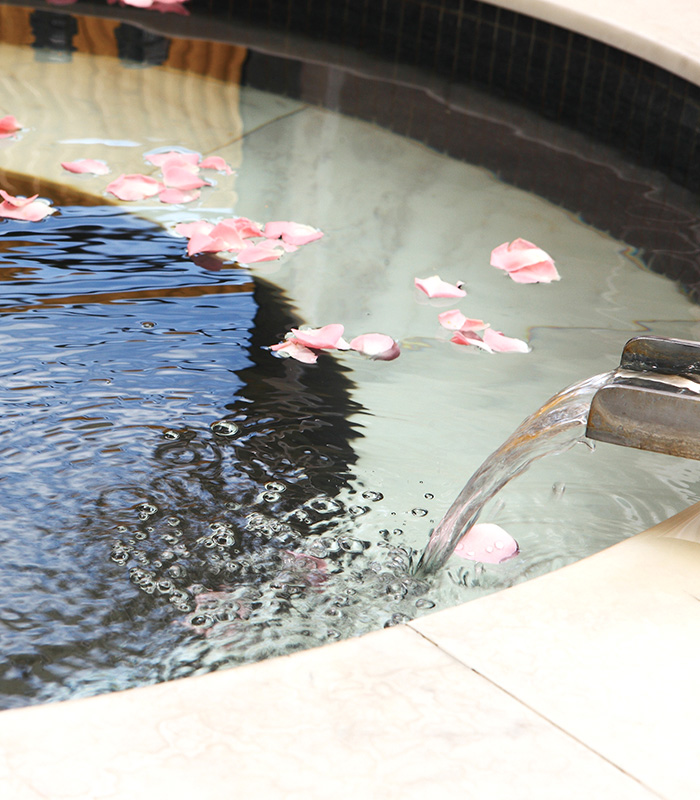Hot springs are produced by the emergence of geothermally heated groundwater that rises from the Earth's crust.
Due to Taiwan's unique geological structure - formed at a complex convergent boundary between the Philippine Sea Plate and the Eurasian Plate - most of the island lies on the circum-Pacific belt, and high-temperature springs with crystal-clear water are found throughout various regions in Taiwan. It's no wonder that Taiwan is known as the Hot Spring Kingdom.
Taiwan's Standard Definition of Hot Springs (Issued on July 22, 2005)
- I. The standards below are in accordance with Hot Spring Provision Number 2, Article 3(hereinafter referred to as the “Regulation”).
- II. Warm water, referring to hot spring water from the natural source or the hot spring orifice, must be at least 30 degrees Celsius, and the water quality must meet one of the following requirements:
- (1) Total Dissolved Solids (TDS): above 500mg/L
- (2) Main anion content:
- Bicarbonate ion (HCO₃⁻): above 250 mg/L
- Sulfate ion (SO₄²⁻): above 250 mg/L
- Chloride (other halogen-containing ions) Cl⁻, including other halide) above 250 mg/L.
- (3) Special components:
- Free carbon dioxide (CO₂): above 250 mg/L
- Total sulfide: more than 1 mg/L.
- Total iron (Fe²⁺ + Fe³⁺): more than 10 mg/L
- Radium: above 1/100,000,000th curie/L.
- III. Cold water, referring to naturally flowing underground water or artificially extracted spring water that is lower than 30 degrees Celsius and contains more than 500 mg/L of free carbon dioxide.
- IV. Hot water (steam), referring to naturally gushing underground steam or artificially extracted steam, water, or mixed fluid, must meet the temperature and water quality standards outlined in Hot Spring Provision Number 2.
- V. Precautions noted during testing will be announced by the central authorities and published in the government gazette. The testing method is based on the minimum requirements according to the standard.
- VI. The standards will be implemented on the date the requirements.
